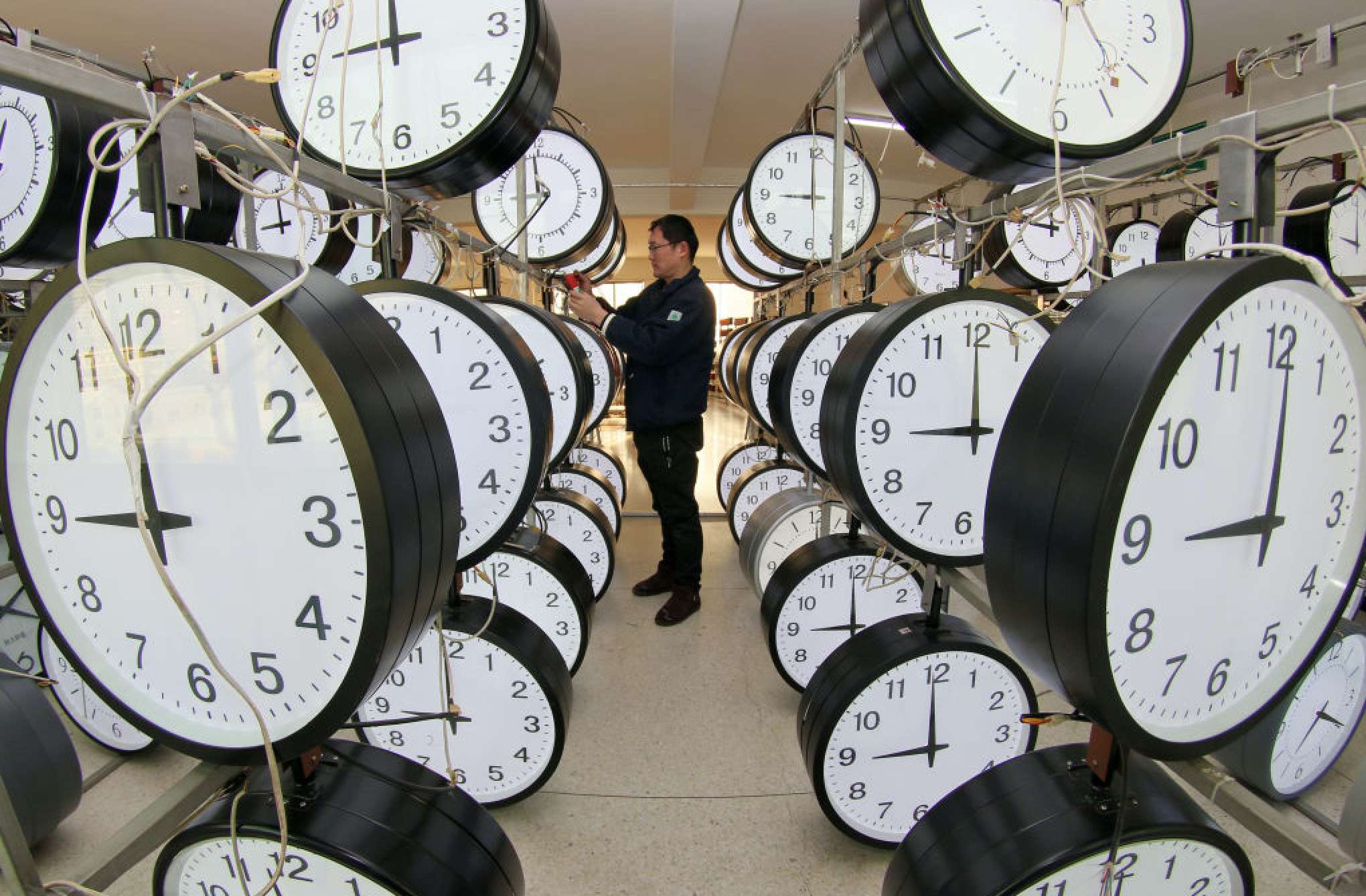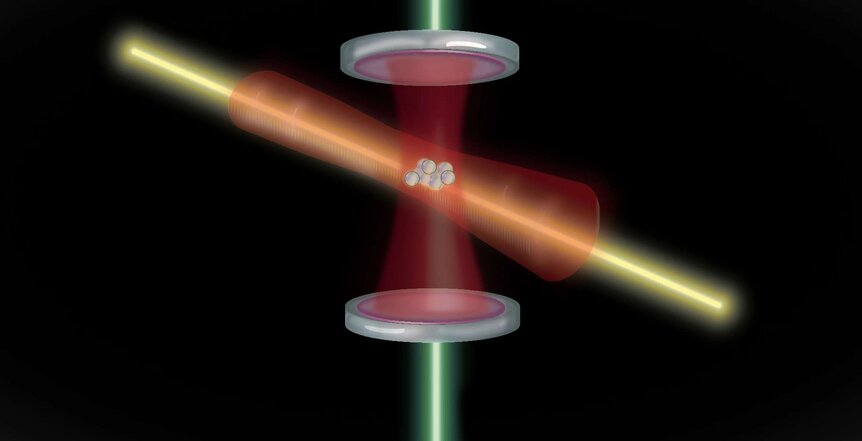Create a free profile to get unlimited access to exclusive videos, sweepstakes, and more!
MIT's quantum entangled atomic clock could still be ticking after billions of years

Famous medieval poet and author Geoffrey Chaucer once wrote that "'time and tide wait for no man," and that certainly rings true whether you've still got a '90s Swatch watch strapped to your wrist, your name is Doc Brown, or you're a brilliant scientist working on the latest atomic clock design — which employs lasers to trap and measure oscillations of quantum entangled atoms to maintain precise timekeeping.
The official time for the United States is set at the atomic clock located at the National Institute of Standards and Technology in Boulder, Colorado, where this Cesium Fountain Atomic Clock remains accurate to within one second every 300 million years. Its cesium-133 atom vibrates exactly 9,192,631,770 times per second, a permanent statistic that has officially measured one second since the machine's inception and operational rollout back in 1968.
But hoping to improve on that staggering feat, scientists at MIT have now pushed the envelope and devised plans for an even more reliable timepiece with notions for a mind-boggling new quantum-entangled atomic clock. Details of their research were recently published in the online journal Nature, where MIT's team provided the blueprints for this remarkable device.
You'd think that recording the vibrations of a single atom should be the ultimate method by which to document time passing. However, a pesky principle involving random quantum fluctuations can disturb the near-perfect mechanism in an effect called the Standard Quantum Limit.
“Entanglement-enhanced optical atomic clocks will have the potential to reach a better precision in one second than current state-of-the-art optical clocks,” notes lead author Edwin Pedrozo-Peñafiel, a postdoc in MIT’s Research Laboratory of Electronics.
Today, most advanced quantum clocks track a gas made up of thousands of identical atoms, usually cesium, but ytterbium has also been harnessed by physicists in the last few years. Cooled down to a temperature hovering near absolute zero, these atoms are locked down by lasers while a second laser measures their oscillations. In theory, by taking the average of many atoms, a more accurate answer can be reached.
The minute, wibbly-wobbly variations of the Standard Quantum Limit is something that can't be altogether eradicated, but its effects can be substantially reduced. MIT's crew has hung its thinking cap on these ideas of quantum entanglement to conceive an even more accurate clock by taking full advantage of the uncanny phenomenon.
Under certain conditions, atoms in a quantum state can become intertwined, allowing for the measuring of one particle to affect the result of measuring the partner particle, independent of the distance separating the pair.
Researchers began by testing approximately 350 atoms of ytterbium-171, which vibrates much faster than cesium. Next, the atoms are trapped in an optical cavity between two mirrors, before a laser is introduced into the space to quantum entangle the atoms.
“It’s like the light serves as a communication link between atoms,” explains Chi Shu, co-author of the study. “The first atom that sees this light will modify the light slightly, and that light also modifies the second atom, and the third atom, and through many cycles, the atoms collectively know each other and start behaving similarly."
During entanglement, a second laser is shot through the cloud to obtain a reading on their average frequency. Shu and his colleagues discovered that this arrangement manifested a clock that achieved a specific precision four times faster than a timepiece enlisting the help of non-entangled atoms.
MIT's timely invention might allow atomic clocks to be so insanely accurate that they would be less than 100 milliseconds out of sync after 14 billion years, roughly the age of the entire universe. In addition, these quantum entangled timekeepers could help researchers investigate puzzling physics like dark matter, gravitational waves, and how rules and limitations of physics can be altered over a period of time.
“As the universe ages, does the speed of light change?” asks Vladan Vuletic, co-author of the paper. “Does the charge of the electron change? That’s what you can probe with more precise atomic clocks.”




























